
Content Lifecycle Management
Gain complete control and flexibility over content from data migration, retention, archival, and deletion.
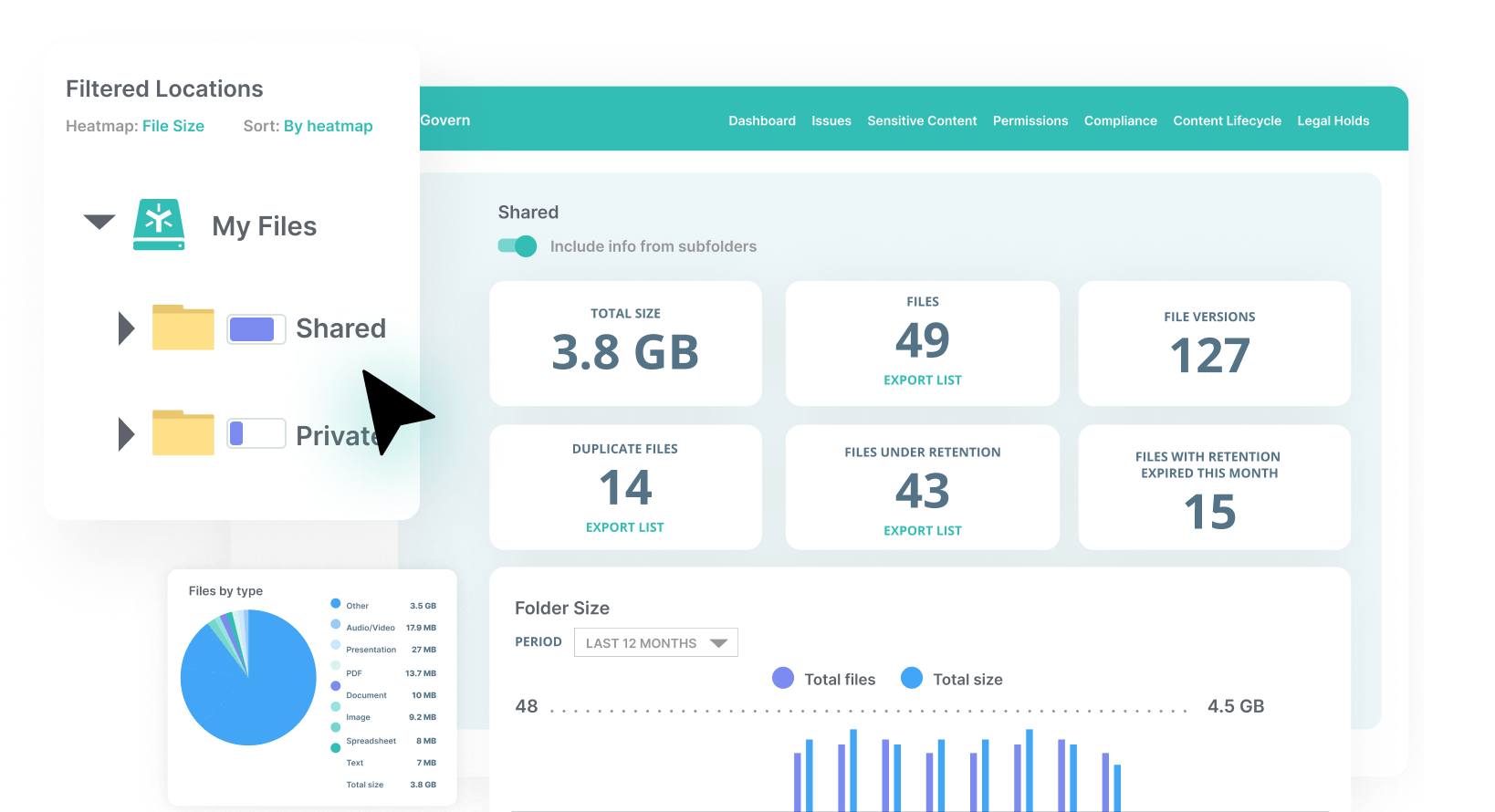
Common Content Lifecycle Management Challenges
ROT-Ten Content
It’s not easy to assess what content is redundant, obsolete, trivial and stale (ROTS) content versus actually of value and relevant to the business.
Resource Constraints
Routine file retention, archival, and deletion (RAD) tasks are a drain on skilled IT resources, which could be deployed on other projects.
Risk Exposure
Inconsistent policies expose companies to risks such as regulatory violation and business disruption if the wrong file is moved or deleted.
The Egnyte Solution
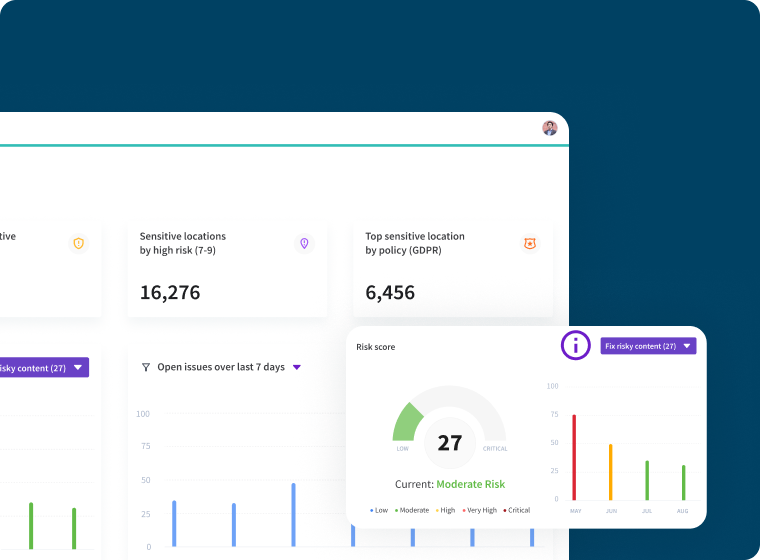
Unified Dashboard
Identify redundant, obsolete, trivial and stale content that can be deleted to minimize risk and reduce risk surface area.
Rule-Based Lifecycle Policies
Specifiy archival rules based on content age, author, project, and folder location, and other criteria. Leave a stub file in the place of a file that is archived or deleted to alert business users.
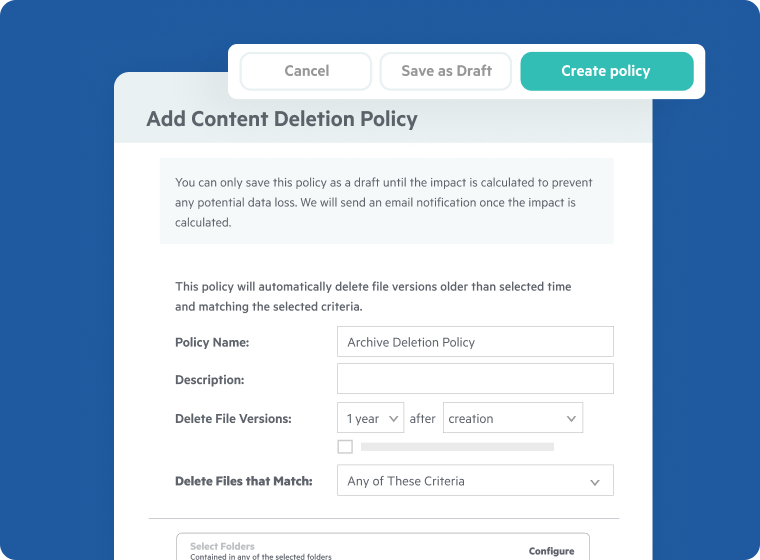
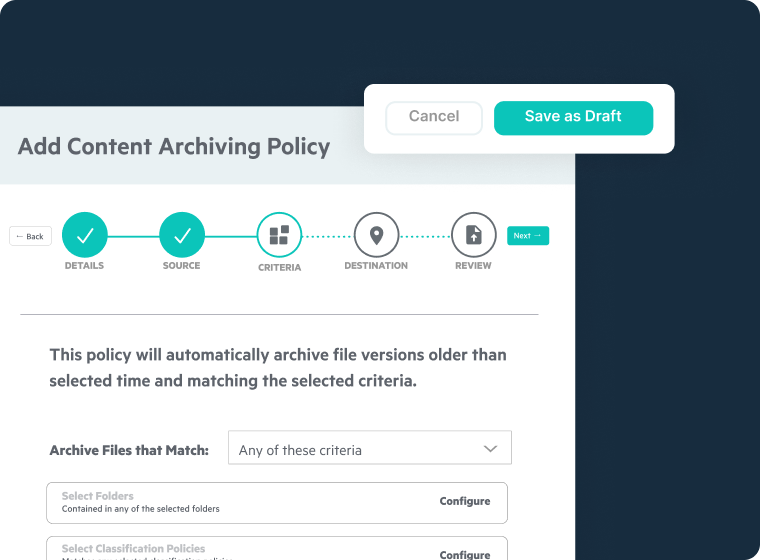
Classification-Based Lifecycle Policies
Use AI-based classification to automate the retention and archival of files based on defined criteria, and implement deletion based on a variety of safety and compliance measures.
ROTS Management
Dedupe and declutter obsolete data, further mitigating security risks and reducing storage costs.
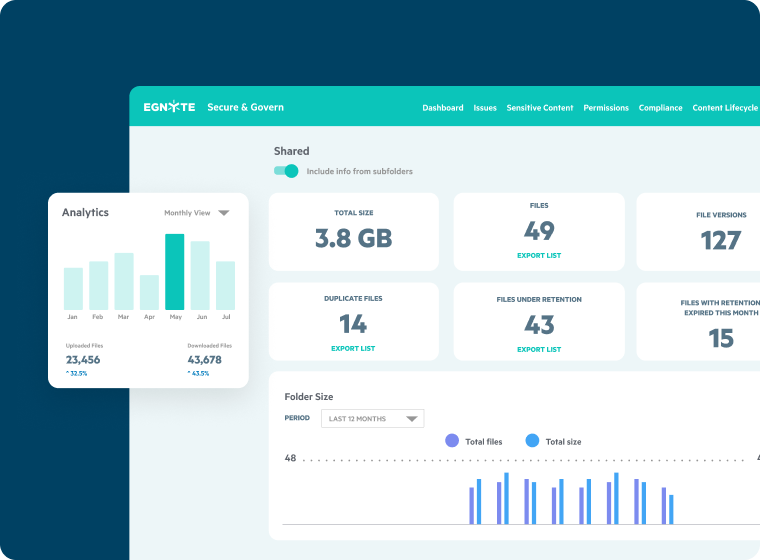
Powered by Egnyte AI
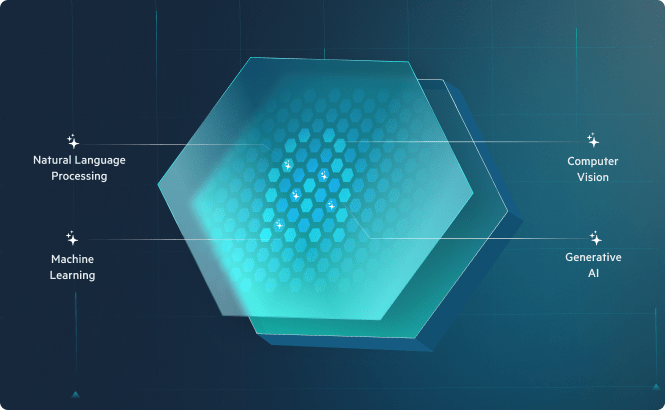
Learn more about Egnyte’s content intelligence engine, which includes:
- GPT-powered models allowing users to "converse" with private data sets in natural language
- Predictive models for content classification, entity extraction and unusual behavior detection
- Connected workflows such as automated labeling, security issue remediation, and human-driven review/approval tasks
